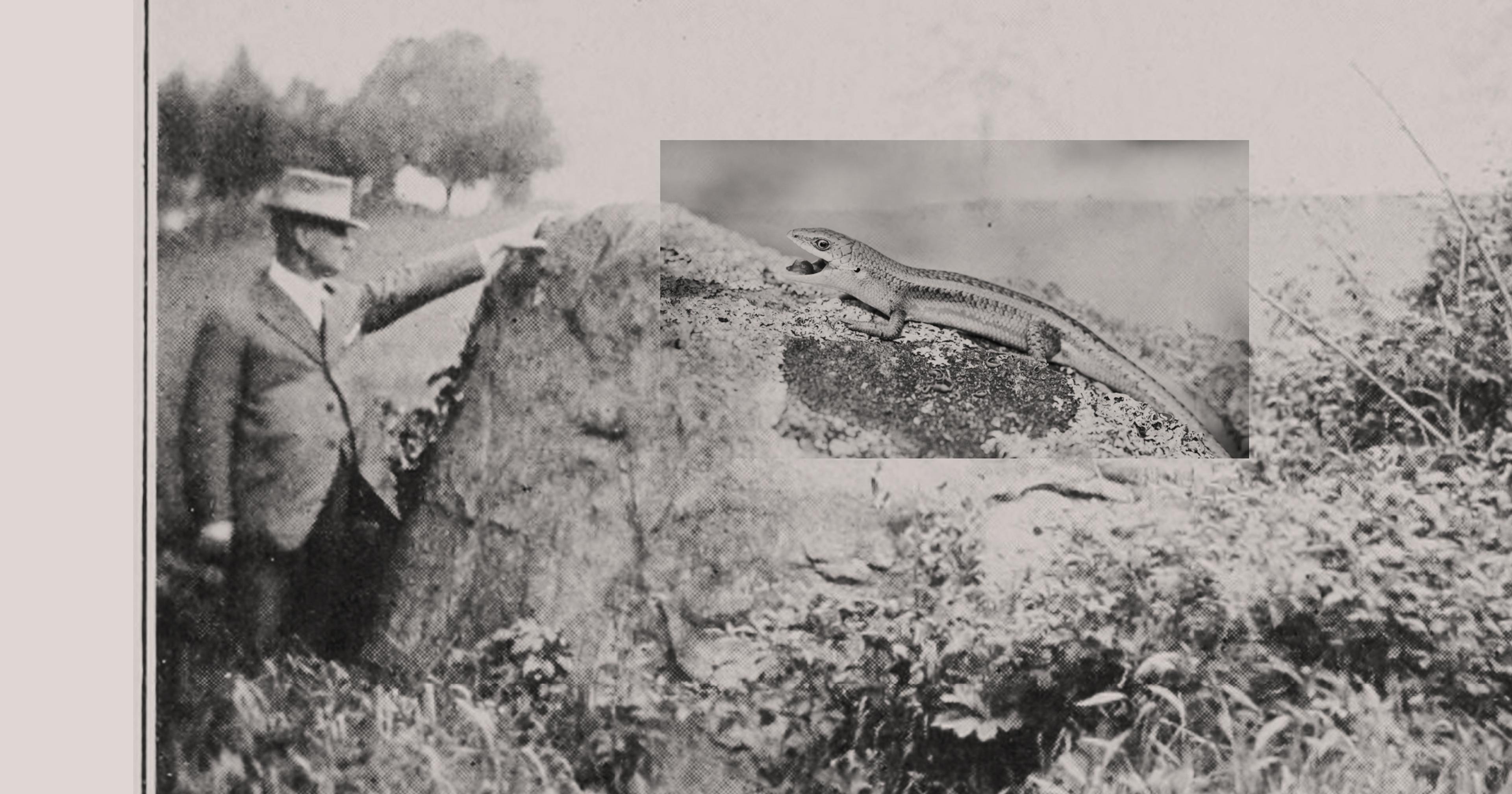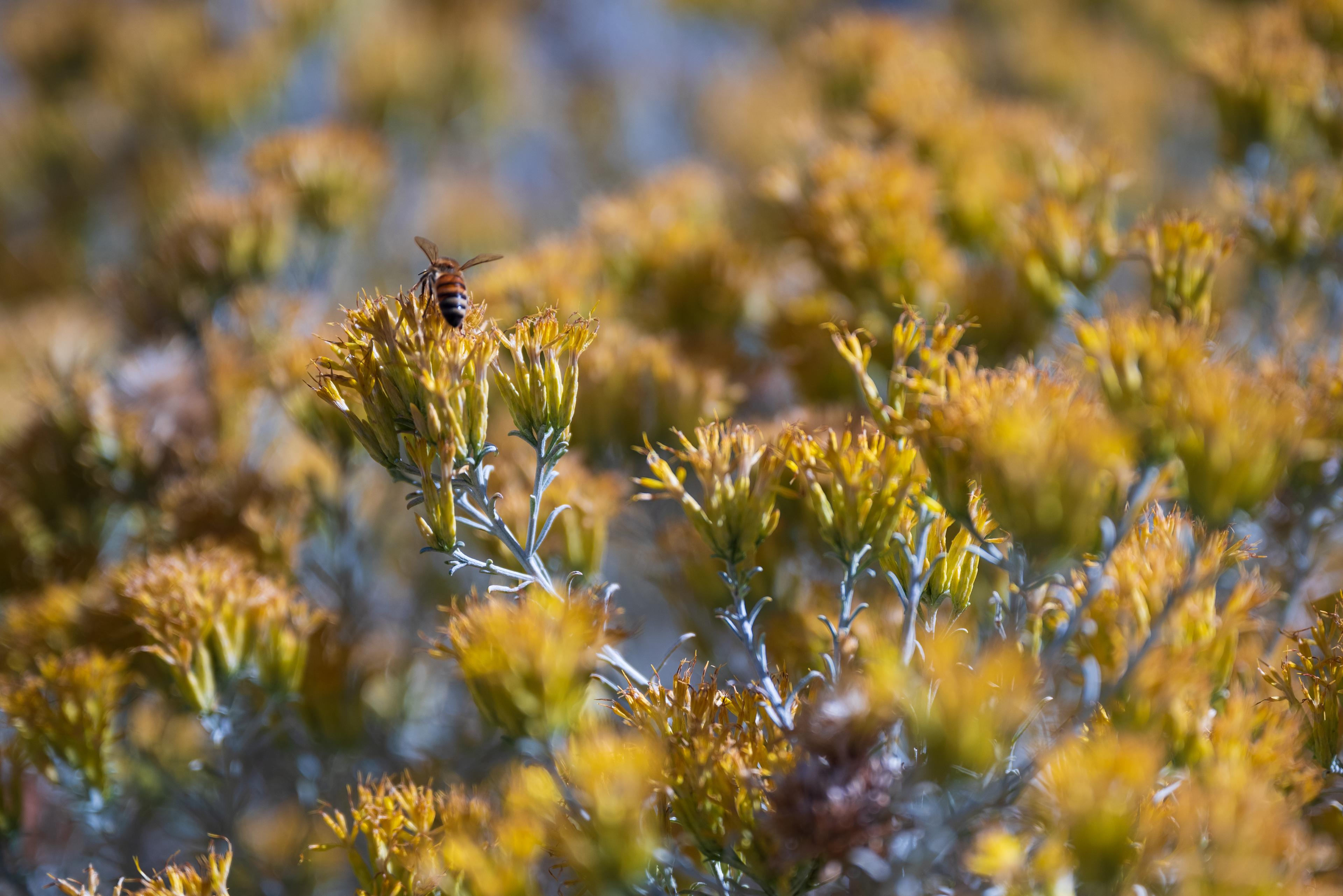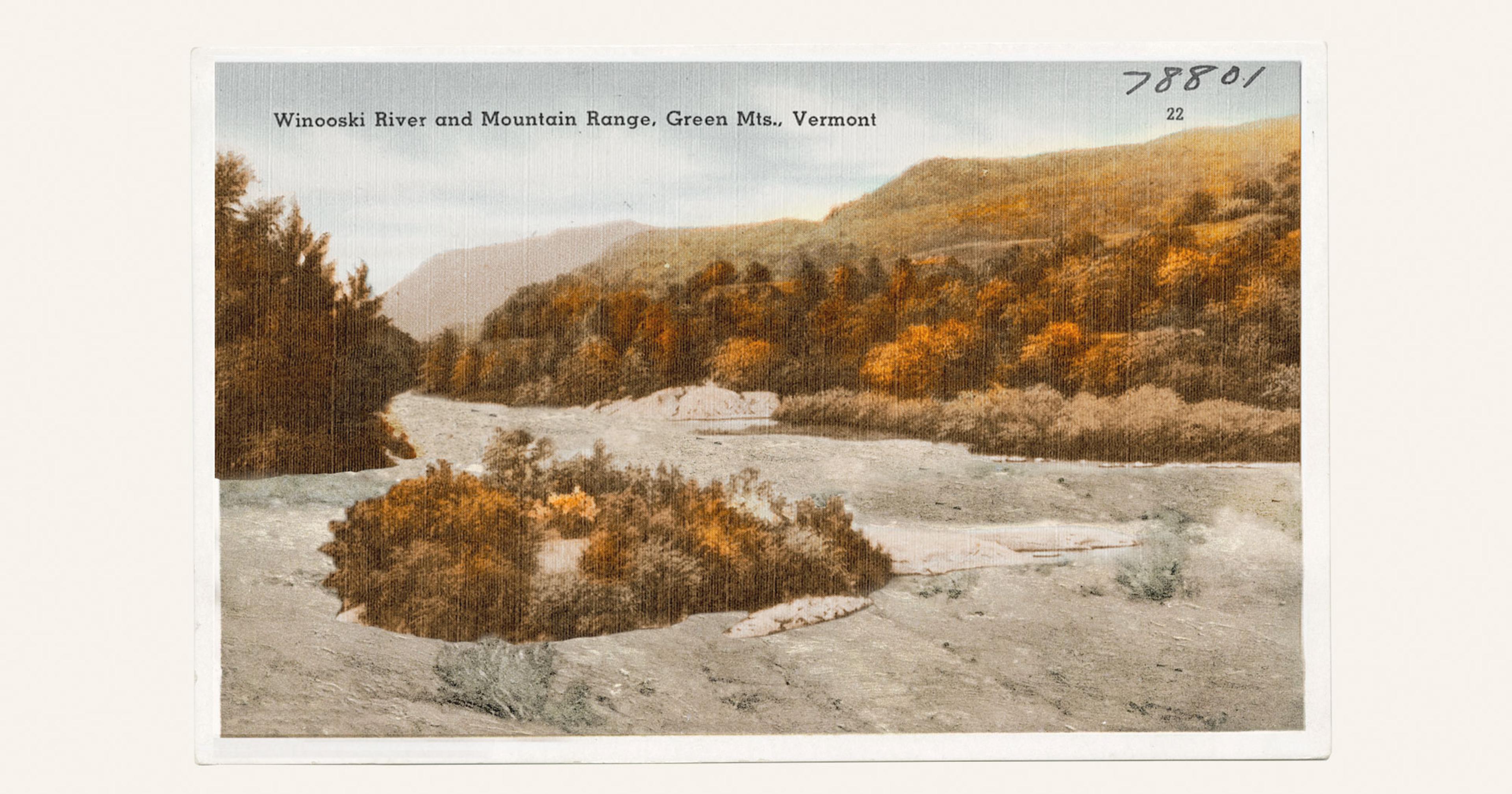Strategically placed rocks can help shelter wildlife and maintain healthy ecosystems — but good luck convincing farmers to like them.
The rolling hills outside Sydney, Australia, are filled with a checkered landscape of green and yellow fields, where farmers grow wheat and grapes and ranchers graze cattle and sheep. Recently, in 10 of those grazing fields near the rural community of Cowra, researchers set up traps to try and snag some lizards.
The researchers found species like eastern striped skinks, southern rainbow-skinks, and pink-tailed worm-lizards, a species listed as “vulnerable” to extinction under Australian law. But these reptiles weren’t evenly distributed — some of the fields they studied had vastly more reptiles than others.
The difference? The researchers had dotted those reptile-rich fields with rocks, which the animals could slip under, bask on, and dart around.
Boulders, rock piles, stony outcrops, and other rocky features provide important microhabitats for reptiles and other wildlife. But in many outdoor areas, from sprawling farmland to modest backyards, rocks have been removed to make way for cultivated landscapes.
Dumping a pile of stones on the ground probably isn’t going to magically recreate a thriving, diverse ecosystem — and farm owners shouldn’t be expected to cover their fields with rocks to support local wildlife. But protecting and strategically restoring rocky landscapes could be an important part of holistic ecosystem conservation on many working lands.
Flip over a rock anywhere in the world, and you’ll likely spot animals like worms, spiders, lizards, or salamanders enjoying the darkness and wet soil of the near-subterranean environment. Rocks can play plenty of important roles for wildlife, providing places to hide, find food, cool down, and warm up, said JJ Apodaca, executive director of the U.S.-based Amphibian and Reptile Conservancy.
That can be true for rocks of all sizes, not just giant boulders or towering outcrops. In Australia, for instance, “even a rock the size of a fist … is critical habitat for a whole host of reptiles,” said Damian Michael, an ecological researcher at Charles Sturt University in New South Wales, and one of the scientists on the study looking at how added rocks affected reptile communities on grazing lands.
Australia is home to dozens of reptile species that rely specifically on rock cover, Michael said, and most of the research looking at rocks on farms and ranches is coming out of that country. But rocky microhabitats are used by reptiles all over the world, who might slither into obscurity below a boulder in the forest or sun themselves on an outcrop protruding from tall grass. In the southwestern U.S., for example, rocky shelters are key sites for species like Gila monsters — and Apodaca said that collared lizards, which range from the Southwest into the Great Plains, also rely on rocky outcrops and habitats.
For many farm owners, however, rocks are a nuisance. Stones scattered over cropland can break combine headers or puncture wheels, rock outcrops can take away precious growing space, and rocky soils can make planting, plowing, and harvesting a hassle. That’s why farmers go through the trouble of removing rocks from their fields, either by hand or mechanically.
“Even a rock the size of a fist … is critical habitat for a whole host of reptiles.”
Recreating some of those rocky microhabitats could start to restore parts of the reptilian ecosystem in landscapes where rocks have been removed. But this wouldn’t require covering every square yard with stones and boulders. Farmers interested in restoring reptile habitat could leave rocks along corridors or in the corners of a field, Apodaca suggested, similar to how some people plant rows of wildflowers to attract pollinators or tend forest patches to provide deer and bird habitat.
Farmers could even use the rocks they remove from the fields to create these microhabitats around the edges of their land, instead of going through the trouble of hauling them offsite. Other materials can offer similar functions to rocky shelters, too — Apodaca said he’ll often recommend that people leave brush piles on their lands to support herpetological diversity.
There are plenty of reasons why a farmer would want to support that diversity. Reptiles play an important role in many ecosystems, especially as predators of pest species like mice and insects. They are also a key feature of many local food webs as prey for larger animals like birds and mammals, and in some places, they can even act as seed dispersers and pollinators.
But scattering rocks over a field will not single-handedly create a reptile paradise. In Michael’s recent study, every single one of the fields they looked at also had an existing, more natural outcrop of rocks nearby — which likely served as a source habitat for the reptiles they found in their rock-supplemented fields.
And protecting existing rock formations might be even better than trying to artificially replicate rocky habitats. Brian Alexander, who runs a custom grazing business on his family’s ranch in southwest Kansas, has been managing his land with conservation in mind for years — such as protecting streams, using prescribed burns, and rotating his cattle. As a result, he said the property is full of wildlife like deer, northern bobwhite, and beavers, along with reptiles including prairie rattlesnakes, horny toads, and legless lizards.
“If we just gently nudge nature, and provide her with gentle guidance, that result is so much more successful than trying to brute-force an approach.”
Alexander also has a quarry on the ranch with some rocks around it. But in that area, with all the human activity and general disturbance, he doesn’t see that much life. Mostly, he said, he’ll spot rock-loving reptiles along the more natural rock formations that dot his land.
That may be because reptiles usually don’t solely require rocks to live — they also need vegetation, water, food, and all the other components of a healthy ecosystem. And by managing land for conservation, or judiciously restoring rocky microhabitats in specific places around their land, farmers and ranchers can provide more holistic support to their local reptile communities.
“A strip of rocks and wildflowers is going to be a lot less effective for biodiversity if it’s in the middle of an island of thousands of acres of cornfield,” Apodaca said. “It’s going to be a lot more effective if it’s next to some woods or wetlands or streams or whatever other habitat types might house those sorts of species.”
Determining the best way to protect reptile communities on working lands is always going to come down to the specific needs of the local ecosystem and the land, Michael said. “The farmers need to have a general understanding of what sort of biodiversity is present in their landscape to make those planning decisions,” he said.
Similarly, Alexander noted that land management should be “contextually appropriate” — and warned against relying on quick-fix solutions.
“If we just gently nudge nature, and provide her with gentle guidance,” he said, “that result is so much more successful than trying to brute-force an approach.”










